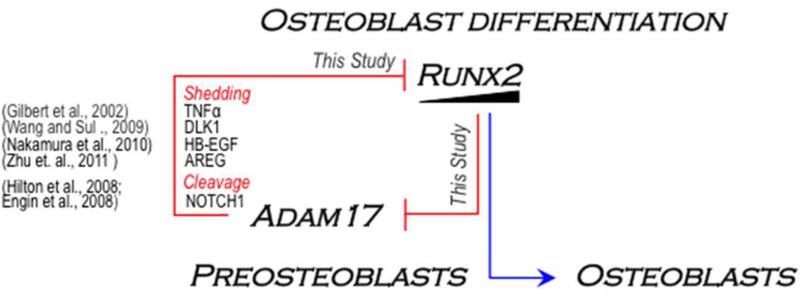Figure 7. A cross-talk model of the RUNX2 and ADAM17 signaling axes in osteoblast differentiation control.
The current study provides evidence for a regulatory mechanism involving a reciprocal RUNX2-ADAM17 negative feedback loop to regulate progression of osteoblast differentiation. We have shown that RUNX2 represses Adam17 expression through its binding to the Adam17 proximal promoter and that Adam17 overexpression antagonizes Runx2 expression during osteoblast differentiation. Several substrates of ADAM17 (e.g. TNF-α, DLK1, EB-EGF, AREG and NOTCH1) have been shown to control osteoblast differentiation by suppressing either the expression or the activity of RUNX2. As a whole, our study and those from others suggest that RUNX2 may regulate progression of osteoblast differentiation through a negative modulation of both receptor ripping (NOTCH1) and shedding of various extracellular signals (e.g. TNF-α, DLK1, EB-EGF and AREG) derived from repression of Adam17 gene expression.

